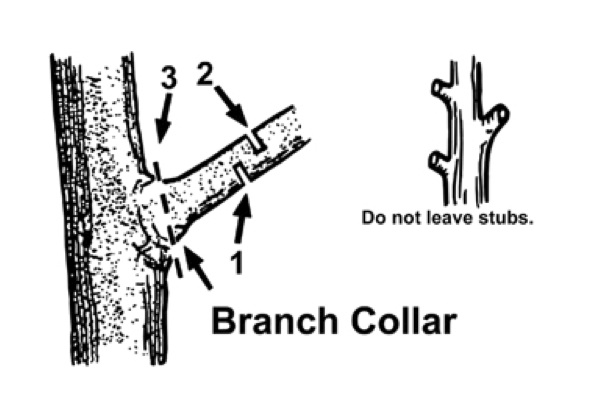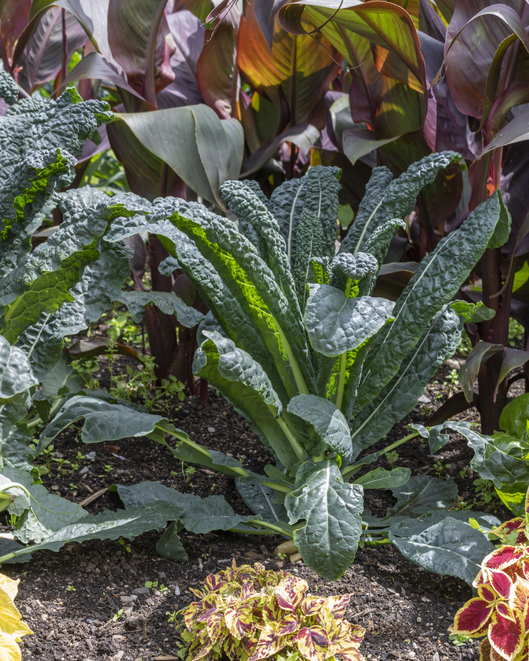This year’s extraordinarily wet winter and spring has and will continue to stimulate rapid production of new leaves in many of our woody landscape plants. This lush new growth may now need to be trimmed to prevent shading of vegetable gardens and flowerbeds.
Vegetable gardens that produce tomatoes, peppers, beans and squash need the benefit of at least six hours of direct sunshine per day to yield flavorful and highly nutritious produce. This sometimes means branches of trees must be pruned to remove leaves that restrict and block light. Summer pruning of trees can be done easily, safely and effectively by thinking about the process before you begin.
Wounds have to heal
Most trees actively grow in the summer, providing there is enough water to support the growth. Where you make pruning cuts in woody plants has a marked influence on the rate the wounds will heal. In summer time, the ability to quickly close a wound can be the difference between a long-term healthy tree and a tree compromised by the presence of fungi and bacteria that will cause decay and breakdown of structural wood in the trunk.
When you remove limbs from trees by making a single cut, very often the bark along the main branch or trunk may strip or tear due to the weight of the falling limb. The new soft wood that is exposed by the torn bark provides a site that can be quickly colonized by decay-causing fungi and bacteria.
Bark damage can be avoided by making three separate pruning cuts to completely remove a branch. This will leave a clean wound without stripping bark on the supporting branch or trunk. Clean wounds made with sharp clean tools tend to heal quicker than similar cuts made with dull blades or dirty tools.
Step by step process
To remove a limb or branch larger than one inch in diameter from a woody plant, make a cut about one-fourth to one-half through the lower side of the limb about a foot from the main trunk or supporting branch. Then make a second cut on top of the limb a few inches further from the trunk than the first cut. The branch will fall from the plant, leaving a stub of the severed branch or limb. Remove the remaining stub by cutting it back to the branch collar.
The branch collar is a swelling or bulge formed at the base of branches by the annual production of overlapping layers of branch and stem tissues. Branch collar tissues contain large numbers of cells that are capable of producing new growth that quickly seals the wound caused by pruning.
Stubs of branches should not be left protruding from the trunk. Wound healing on stubs takes much longer to heal and stubs provide a direct route for decay organisms to enter and establish colonies in the wood of the trunk. Research conducted by scientists and arborists from universities and research centers all over the country has shown that treatments to pruning wounds such as paints, waxes, and resins do not speed up the process of healing. In some cases these treatments retard healing by killing the tissues that close the wound.
Use clean, sharp tools
Always use clean, sharp tools when pruning trees and wear safety glasses, hat and gloves to reduce potential injury to eyes, hands and head. If you use a chain saw, make sure the saw is sharp and that you wear all the safety equipment recommended by the manufacturer and cease work before you become weary. Most accidents happen when operators are tired.
For more information about pruning, see the University of Georgia Cooperative Extension publication at www.caes.uga.edu/Publications/pubDetail.cfm?pk_id=7656&pg=dl&ak=Horticulture.








